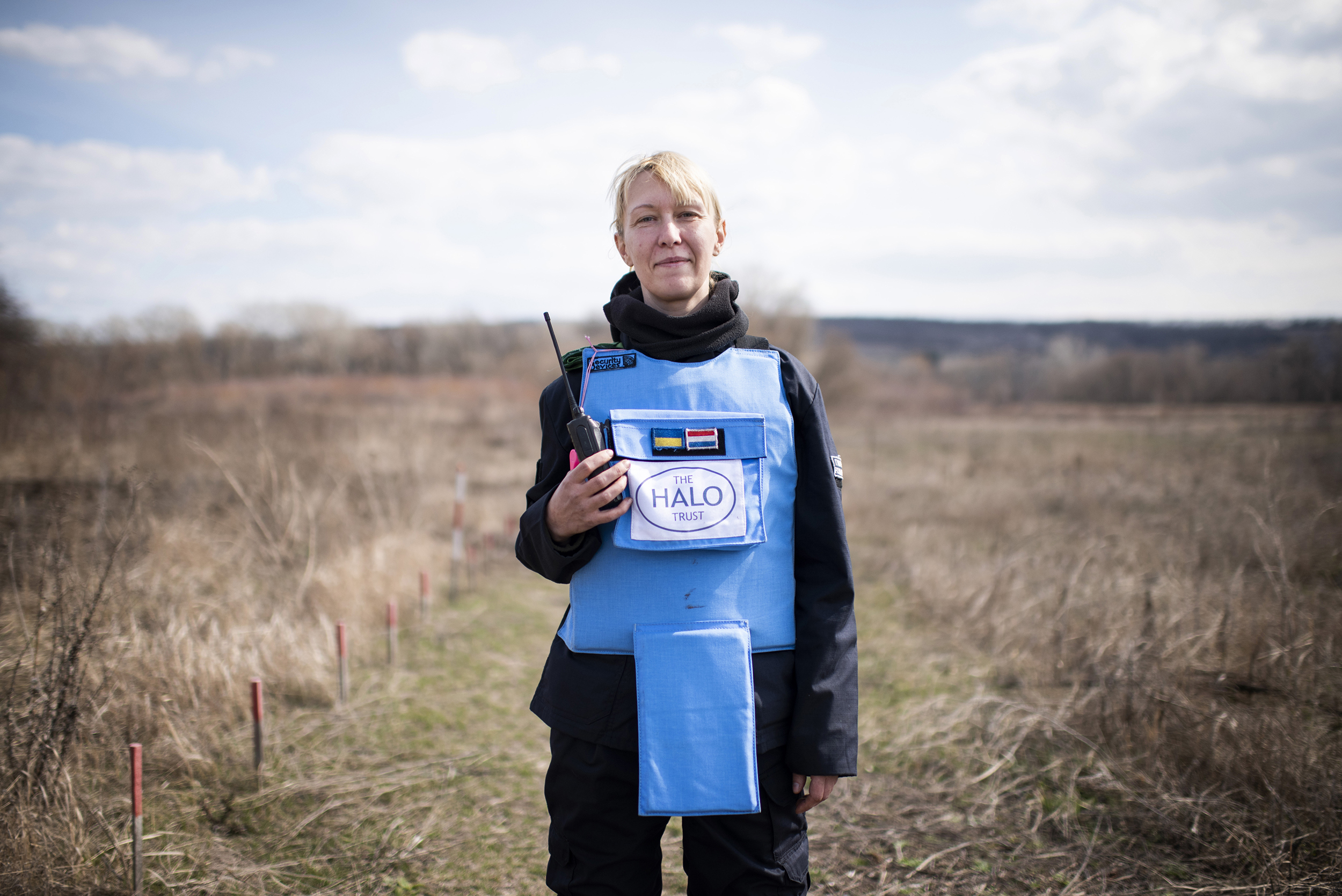Colombia: Hundreds of indigenous Awá fleeing fighting in Nariño
Colombia: Hundreds of indigenous Awá fleeing fighting in Nariño
More than 1,000 members of an indigenous group have taken refuge in a school to escape combat on their territory in the south of Colombia. Hundreds of Awá people fled their land near the town of Tumaco on the Pacific Coast when fighting started Tuesday morning between the army and an irregular armed group. As of yesterday (Thursday), a total of 1,018 people had gathered in the school of the small village of Inda Sabaleta, some 25 minutes by road from their communities, and were waiting to be able to return home.
The local UNHCR team reports that almost half of the group (488) are children under the age of 16. The local authorities have delivered food for the past three days and a doctor is on site. UNHCR has offered its support to meet the needs in water, sanitation and accommodation.
The area is part of the department of Nariño, which in recent years has suffered some of the worst violence in Colombia. Since the start of 2007, there have been 18 cases of mass displacement involving more than 50 people moving at one time within Nariño, forcing more than 10,000 people out of their homes. Armed combat, presence of irregular groups, targeted killings and landmines all contribute to the rising trend of forced displacement. There are an estimated 21,000 Awá in Ecuador and Colombia.
This new crisis coincides with a Constitutional Court hearing seeking more information from the government on measures in place to protect indigenous people within the context of forced displacement. During a hearing scheduled for today (Friday), representatives of indigenous groups from all over Colombia, including the Awás from Nariño, are expected to present the situation in each of their communities. At the invitation of the Constitutional Court, UNHCR will also take part.
Under the United Nations Guiding Principles on Internal Displacement, the State has special obligations to prevent the forced displacement of indigenous people and other people with a special relation to the land. This hearing was called after Colombia's Constitutional Court found last year that there were "persistent gaps" in specific attention to the rights of indigenous people, which could put at risk the cultural survival of displaced communities.
There are 87 different indigenous groups in Colombia, which together make up some 3 percent of the country's total population (42 million). The groups comprise one of the richest and most varied indigenous heritages in the world. Their cultural survival depends greatly on being able to remain on their ancestral territories, and any displacement puts them at extremely high risk.






